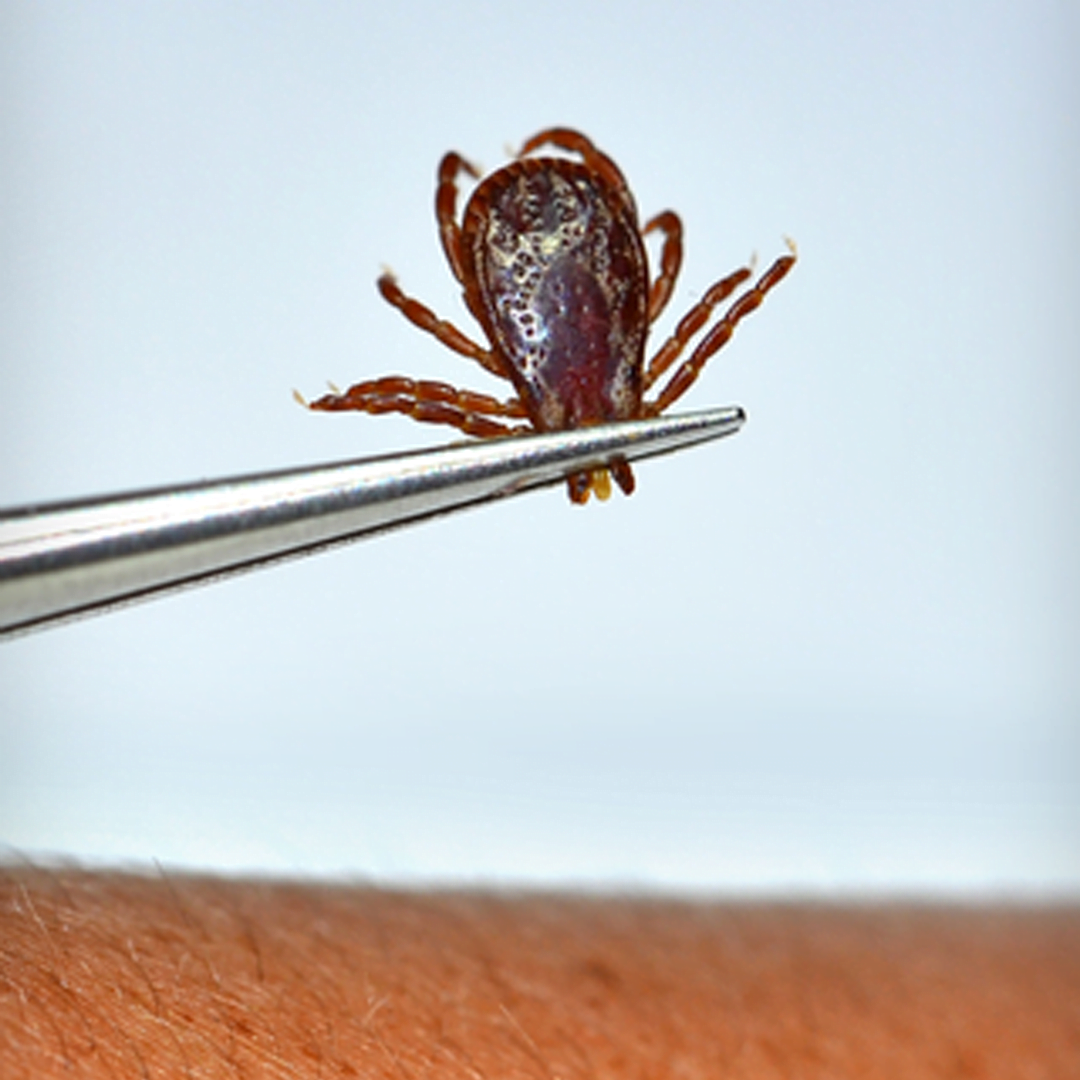Anaplasmosis
Anaplasmosis is an example of a bacterial infection that can be transmitted to animals and humans by ticks. The culprit is the bacterium Anaplasma phagocytophilum. This bacterium infects white blood cells and can affect the liver, kidneys and central nervous system. There are also other Anaplasma bacteria, but they only cause diseases in animals. Prevent Anaplasmosis as a result of a tick bite by wearing tick-resistant clothing when walking in the woods. Below you can read more about, among other things, the diagnosis and treatment of Anaplasmosis.
What are Anaplasma bacteria?
Anaplasma bacteria are microorganisms that can only live and reproduce in the body cells of animals or humans. This group of bacteria is similar to the groups Rickettsia and Ehrlichia. These bacteria can also be transmitted to animals and humans by ticks.
Anaplasma phagocytophilum is the only Anaplasma bacterium that can make not only animals, but also humans sick. This bacterium causes the disease Human Granulocytic Anaplasmosis (HGA); this disease is not transmissible from person to person.
The bacterium Anaplasma phagocytophilum is found in one to two percent of Dutch ticks. In the Netherlands, only one (described) case of a patient with an infection by this bacterium is known.
What is Anaplasmosis?
Anaplasmosis is a disease resulting from an infection by an Anaplasma bacterium. HGA is the only Anaplasmosis that occurs not only in animals, but also in humans.
After a bite from a tick infected with Anaplasmosis, the Anaplasma bacteria settles in the white blood cells of humans or animals. The bacteria circulate through the body via the bloodstream and reach various organs, such as the bone marrow, lymph nodes, spleen and liver. Inflammatory reactions then occur in these organs.
The incubation period for Anaplasmosis is a minimum of five and a maximum of sixty days.

What are the symptoms of Anaplasmosis?
Anaplasmosis is characterized by a flu-like feeling, fever and sometimes also severe headache, muscle pain, joint pain and fatigue. After a few days these symptoms usually disappear by themselves. Only in exceptional cases does Anaplasmosis lead to a worse course of the disease, such as in patients with a severely disrupted immune system.
In a slightly more serious course of the disease than average, kidney and liver dysfunctions may occur. Blood clotting and the central nervous system may also be affected.
How is Anaplasmosis diagnosed?
The first symptoms of Anaplasmosis resemble those of influenza. In order to determine whether there is more going on than a harmless viral infection such as influenza, it is important to check whether the patient has been bitten by a tick. Such a bite can be an indication of an Anaplasma infection, especially in areas where this infection is common. Unfortunately, most people cannot remember a bite. The skin reaction to a tick bite is mild in most people; therefore, such a bite often goes unnoticed.
A thorough investigation is always necessary to determine whether the symptoms are caused by Anaplasmosis or something else. Sometimes the Anaplasma bacteria that causes HGA (the Anaplasma phagocytophilum) is visible in a blood smear. The diagnosis of HGA can then be made immediately. If this is not possible with a smear, further investigation will follow. Such as research into the presence of antibodies against HGA.
How is Anaplasmosis treated?
Anaplasma is an obligate intracellular bacterium. This means that it hides in the cells of its host. This makes it difficult for our immune system to reach and fight the bacterium. For the same reason, not all antibiotics work for Anaplasmosis.
The standard treatment for both Anaplasmosis and Ehrlichiosis is the administration of the antibiotic Doxycycline. This medication can be taken orally (in the form of a tablet or capsule). Patients with Anaplasmosis usually respond quickly to this antibiotic. If the patient still has a fever after about three days despite taking Doxycycline, the diagnosis of Anaplasmosis should be reconsidered.
Many patients with Anasplasmosis also recover without treatment. The symptoms are then usually limited to 'flu-like' and disappear within a few days.
